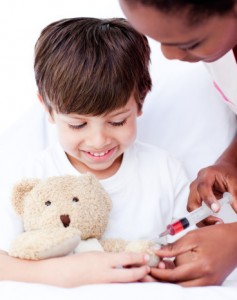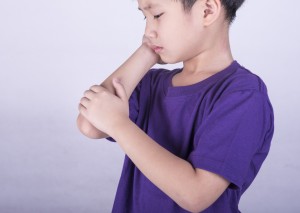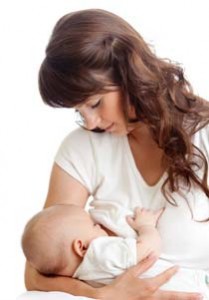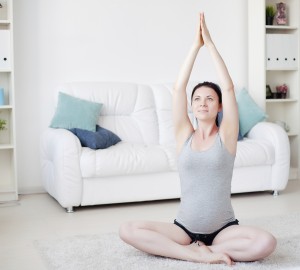The practice of swaddling infants has grown in popularity over recent years. It is practiced around the world and dates back to Biblical times. Swaddling wraps babies’ arms tightly in a small blanket, such as a receiving blanket, to restrict movement and is said to reduce crying and help babies sleep better.
 However, according to Maria Smilios, Director of Nursing at Flushing Hospital Medical Center, there are new recommendations regarding swaddling. “We no longer swaddle babies as was advocated in the past,” advises Ms. Smilios. “We leave the babies arms out of the swaddle and one small blanket to cover. Swaddling can cause your baby to overheat and actually increase the risk of SIDS (Sudden Infant Death Syndrome).”
However, according to Maria Smilios, Director of Nursing at Flushing Hospital Medical Center, there are new recommendations regarding swaddling. “We no longer swaddle babies as was advocated in the past,” advises Ms. Smilios. “We leave the babies arms out of the swaddle and one small blanket to cover. Swaddling can cause your baby to overheat and actually increase the risk of SIDS (Sudden Infant Death Syndrome).”
Follow the ABCs of safe sleep:
A — Baby should sleep ALONE.
B — Baby should sleep on their BACK.
C — Baby should sleep in a safe CRIB right from the start.
For more information on how best to help your baby get a good night’s rest, check out these links on safe sleeping from the New York State (NYS) Safe Sleep Initiative or the NYS Office of Children and Family Services.
All content of this newsletter is intended for general information purposes only and is not intended or implied to be a substitute for professional medical advice, diagnosis or treatment. Please consult a medical professional before adopting any of the suggestions on this page. You must never disregard professional medical advice or delay seeking medical treatment based upon any content of this newsletter. PROMPTLY CONSULT YOUR PHYSICIAN OR CALL 911 IF YOU BELIEVE YOU HAVE A MEDICAL EMERGENCY.

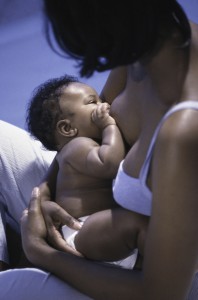
 urance plans will cover double electric breast pumps.
urance plans will cover double electric breast pumps.